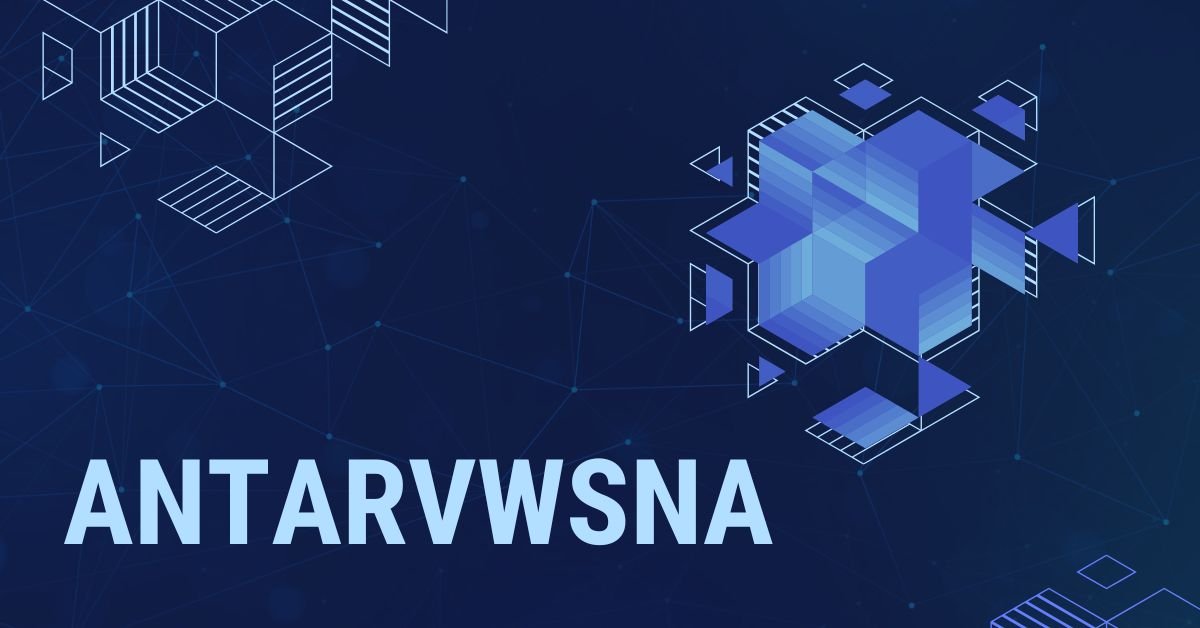Antarvwsna is a term rooted in Indian linguistic and philosophical tradition, often used to describe the inner urge, intense desire, or hidden passion that resides within every human being. Derived from Sanskrit, the word “Antar” means internal or inner, while “Vasana” signifies desire or craving. Together, they encapsulate the deeply personal and often unspoken feelings that drive human behavior. This concept isn’t just tied to physical attraction—it explores psychological, emotional, and spiritual yearnings.
The Origin and Meaning of Antarvwsna
In ancient Indian texts and scriptures, vasanas are often mentioned as latent tendencies or impressions carried from past experiences or even past lives. Antarvwsna refers specifically to those inner vasanas that remain dormant but influence our thoughts, dreams, and actions. These aren’t always sexual in nature but can also reflect ambition, suppressed emotions, and spiritual longing.
Antarvwsna in Cultural and Literary Context
Indian literature, especially from medieval and modern periods, has explored the theme of antarvwsna through poetry, drama, and storytelling. It provides a lens to examine how inner desires shape human relationships, societal roles, and personal conflicts. This hidden fire within is often portrayed as both a source of creation and destruction, depending on how it is channeled.
Psychological Perspective on Antarvwsna
From a psychological viewpoint, antarvwsna aligns closely with the Freudian concept of the id—the part of the mind driven by primal urges and suppressed instincts. These hidden desires, if not acknowledged, can result in inner conflict, anxiety, or projection. Modern psychology recognizes the need to understand and process these inner longings to maintain emotional well-being.
Difference Between Antarvwsna and Surface Desires
Unlike superficial wants like craving a new phone or a cup of coffee, antarvwsna is about deeper, often long-term or existential needs. It reflects the hidden parts of one’s personality, sometimes contradictory to one’s outward behavior. For instance, someone who appears emotionally distant may harbor a deep desire for intimacy and connection.
How Antarvwsna Affects Relationships
Unspoken desires can significantly impact romantic and personal relationships. If antarvwsna is not expressed or understood, it may lead to dissatisfaction, emotional distance, or unfaithfulness. Understanding one’s own and their partner’s antarvwsna can lead to stronger, more honest, and more fulfilling connections.
Antarvwsna and Sexuality
One of the most commonly discussed forms of antarvwsna is related to sexual desire. This can be seen in how individuals suppress or struggle with their sexual identity, orientation, or preferences due to societal pressure. Recognizing and respecting one’s sexual antarvwsna can lead to better self-acceptance and healthier sexual experiences.
The Role of Antarvwsna in Personal Growth
Inner desires, when acknowledged and directed positively, can lead to personal transformation. A hidden urge to create, explore, or connect can push individuals to step out of their comfort zones. Antarvwsna becomes a motivator—an internal whisper that can lead to artistic expression, career shifts, or spiritual awakening.
Suppressing Antarvwsna: Consequences and Risks
Ignoring or suppressing antarvwsna can lead to emotional frustration, anxiety, or even depression. Over time, such suppression can manifest as unhealthy behavior, including addictions or aggressive outbursts. It’s essential to create safe, non-judgmental spaces where individuals can explore their inner needs without fear.
Spiritual Dimensions of Antar’vwsna
In spiritual traditions, antarvwsna is not seen as a vice but a pointer to one’s life purpose. The Bhagavad Gita and Upanishads mention how inner longing can be a signal from the soul, urging one toward truth, liberation, or divine connection. Transforming these inner desires into devotion or service is seen as a noble path.
Antarvwsna in Creative Expression
Many artists, poets, and musicians channel their antarvwsna into their work. The creative process often stems from deeply personal emotions—pain, love, longing—that cannot always be expressed in words. Art becomes a vehicle for transforming inner chaos into beauty.
Social Taboos and Antarv’wsna
Society often discourages open discussion about desires, especially those that deviate from norms. This creates a culture of secrecy and shame. Recognizing antarvwsna as a natural human experience helps break such taboos and promotes healthier dialogue around mental health and emotional honesty.
Antarvwsna in Dreams and Subconscious Mind
Many times, our hidden desires surface in our dreams. These subconscious expressions provide clues to what our soul or psyche is trying to communicate. Paying attention to recurring themes in dreams can help uncover and understand one’s antarvwsna.
Techniques to Recognize and Understand Antarvwsna
Meditation, journaling, therapy, and introspective practices help bring antarvwsna to light. By sitting with one’s thoughts without judgment, people can observe patterns, triggers, and longings that indicate unacknowledged desires. Awareness is the first step toward integration and growth.
How to Embrace and Integrate Antarvwsna
Acceptance is key. Once you recognize a hidden desire, give yourself permission to explore it constructively. Whether it’s through honest communication, creative expression, or spiritual exploration, embracing antarvwsna empowers you to live authentically and with purpose.
Conclusion
Antarvwsna is more than just a term—it’s a mirror into the deepest parts of who we are. In a world that often encourages external validation, tuning into your inner self and acknowledging your hidden desires is both revolutionary and healing. Whether through art, spirituality, relationships, or introspection, honoring your antarv’wsna leads to a more connected and conscious life.
Frequently Asked Questions (FAQs)
What is the literal meaning of antarvwsna?
Antarvwsna comes from Sanskrit, meaning inner (antar) desire or craving (vasana), referring to deep, often unexpressed longings within a person.
Is antarvwsna always sexual?
No, while it can refer to sexual desire, antarv’wsna also encompasses emotional, creative, spiritual, and psychological urges.
Can suppressing antar’vwsna affect mental health?
Yes, suppressing inner desires can lead to stress, anxiety, or depression, especially if the individual feels disconnected from their true self.
How can I understand my antarvwsna better?
Practices like meditation, journaling, and therapy can help you connect with and understand your hidden inner desires.
Is it okay to act on antarv’wsna?
It depends on the nature of the desire. If it is ethical, constructive, and enhances personal growth, acting on antarvwsna can be empowering.
